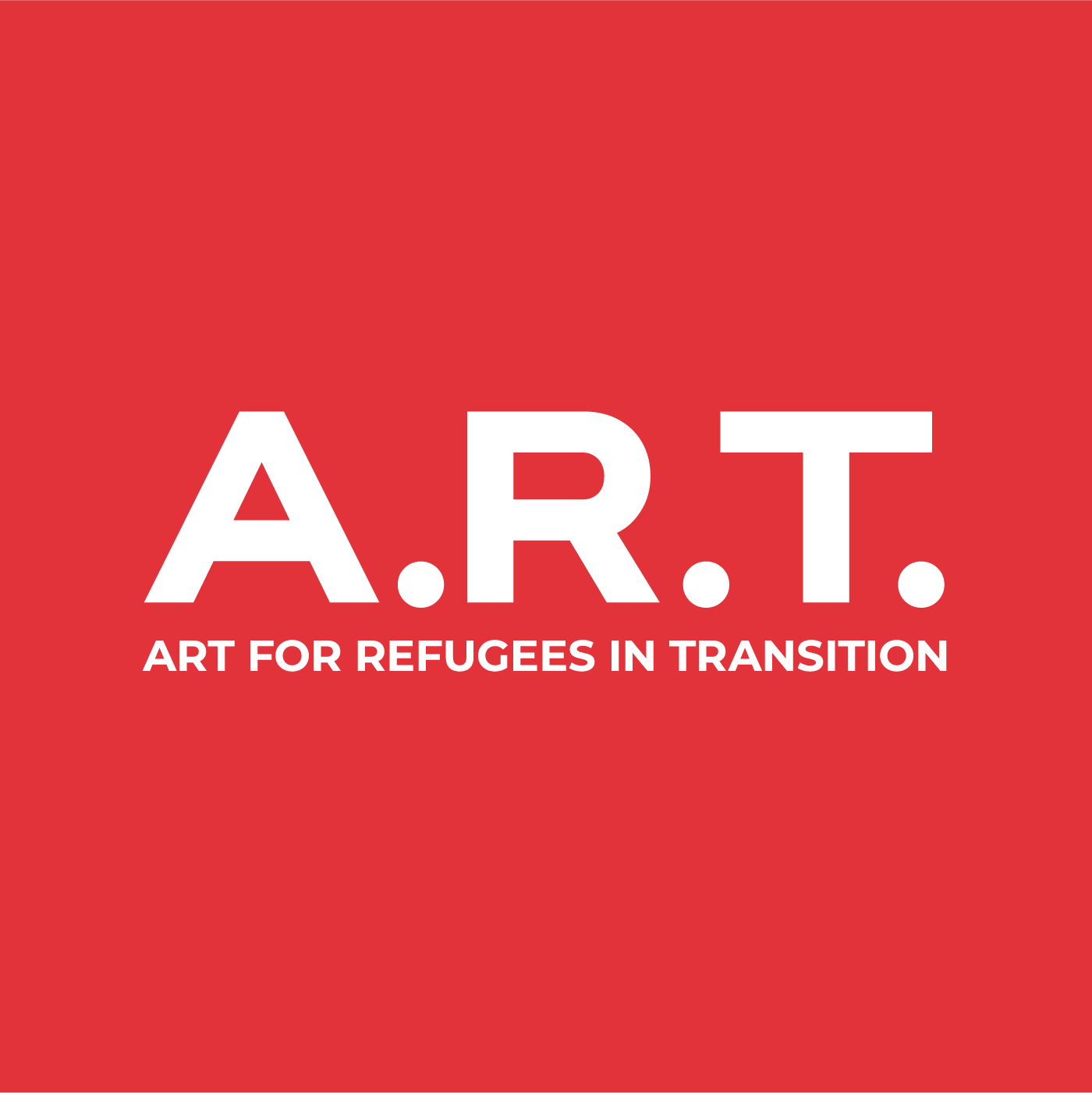It was a long day today. We left for camp 5 at 8am - I had my own interpreter, Plu Reh. When we got to camp, 3 hours later, we met at the Karenni National Youth Organization’s building – or should I say hut. There were six men – Tele who works with the KNYO, Jospa, a teacher, Konesto, the secretary for the KNYP, Jere, a member of camp 5’s Traditional Committee, Dere, vice Chairperson of camp 5’s Traditional Committee, and Simp, a member of the literacy and cultural committee.
I started off by explaining the project, again. We had met with them last week and explained it then. Apparently, there are already a few people teaching the traditional dances for the holidays – Jospa and Tele, but they were very interested in the program.
As I was talking with this group, it was so interesting to note how different each camp is, and that each has its own personality. Here, at camp 5, it is very relaxed and laid back. Maybe this has something to do with the fact that there are only 3,000 (approximately) refugees as opposed to 18,000 in camps 2/3.
Through the talking, there are three main art forms they would like to teach and learn: the eyro, the dances, and how to make and play the traditional musical instruments. It was decided that the teaching should start with the dancing and instrument making because the eyro is a bit tricky to teach. Apparently, there are three types of eyro: the first tells the history of the Karenni people, the second is a love song, sung between a man and a woman, and the third are songs that tell how you feel. Karenni are shy people and don’t talk about their feelings, this type of eyro allows them the opportunity to communicate their feelings without feeling shy or awkward.
The dances can be taught by Jospa, he knows the traditional as well as the modern dances, and Jospa’s father-in-law can teach how to make the bamboo flutes. There is another man, who I met at Dere’s house, who will teach how to make and play a string instrument made out of bamboo as well.
I asked these men what types of traditional art forms they think are important to preserve and teach the youth, since many of them were born “outside” (outside of Karenni state – Burma). They listed three things: Dances for weddings and funerals, how to play and make the different kinds of instruments of all 7 types of Karenni tribes, and how to make the costumes and traditional clothing. Later, once the project is up and running, they would like to teach the youth how to make the bamboo cups.
About an hour into the meeting, five high school aged youth came into the meeting. They said they would like to learn the traditional art forms, and next week when we meet they will have talked to their peers to see their reaction. They were very sweet kids. The culture is such that the people are very shy, and smile and laugh a lot. I am not sure what that says about what is underneath all of that. There really aren’t any psychosocial statistics for these refugees.
After the meeting, Plu Reh and I were invited back to Dere’s house where he would bring someone who makes instruments. We had lunch in his house/store that his wife runs. They were so warm and inviting, I felt so comfortable, even though I didn’t understand a word they said.
